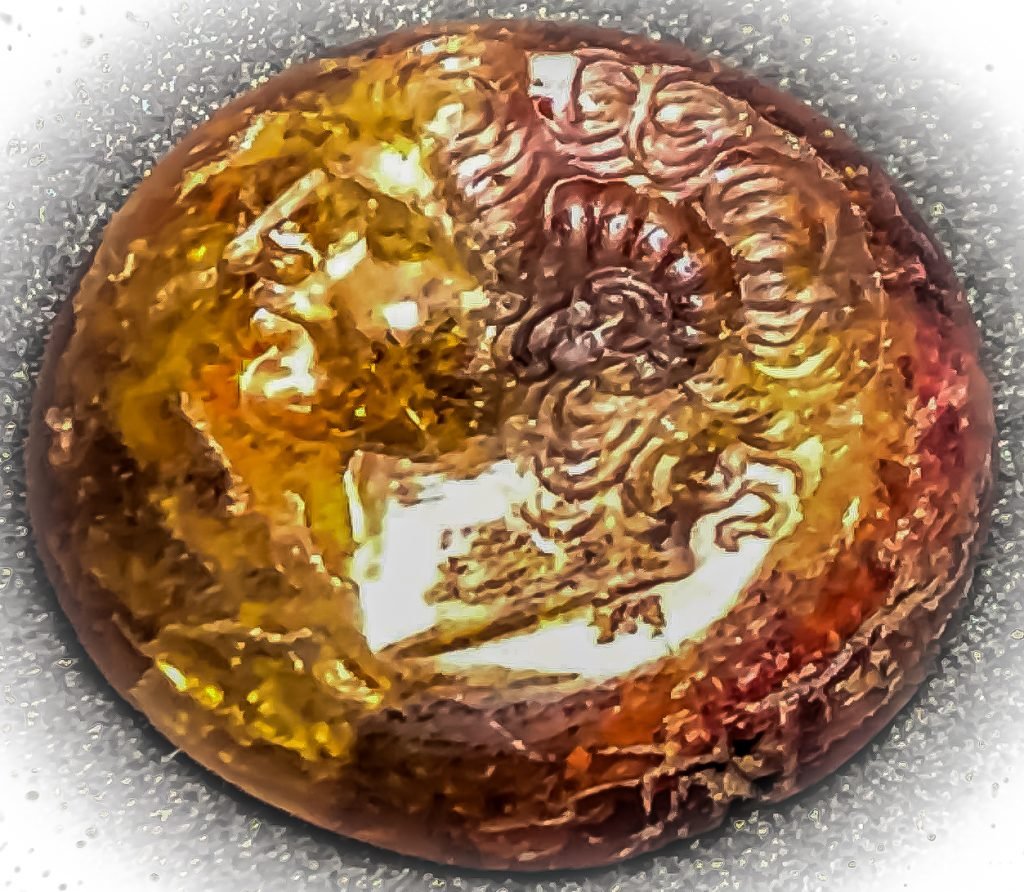Someone well-known to gemmologists, mineralogists and, indeed, anyone with a keen interest in gems, minerals and great photography, is Gloria Staebler.
Through Gloria, I was included in an investigation to verify something she had noticed in the course of her research, and I was proud to be able to contribute. We were asked to verify if the Ashmolean Museum in Oxford had correctly identified a gemstone carving of Alexander the Great as Tourmaline. In which case it would be the world’s oldest known tourmaline carving, predating that currently believed to be the oldest by 500years.
In brief, Gloria was put in touch with me to see if I could help her with an exciting side story that had emerged as she researched her latest work for the publication, Rubellite. She had decided that this variety of tourmaline deserved the attention of its own publication, and she was on a mission to deliver it. Her discovery concerned an artifact held at the Ashmolean Museum in Oxford. This came from a collection donated to the museum a century earlier. The significance of this stone, Gloria believed, had not yet been recognised. If we could verify that it was indeed rubellite tourmaline, then it would predate the oldest currently documented tourmaline carving, by 500 years.
It has long been my impression that museum staff believe the rest of the world to be Luddites intent on destroying all things not in their custody, and they may indeed have a point, thus the process to gain access to test the artifact was a lengthy one. We teach that gemmology is a non-destructive science, but there were many technical reassurances to be made on the working nature of the portable Raman I had proposed taking to Oxford for the on-site testing; the power and frequency of the lights we would use and much more. This process took months, but we were finally able to set a date for the visit.
The city of Oxford discourages private vehicular traffic and after driving up from London and parking in a remote Park and Ride location, I then had to make my way in to the museum carrying a full-sized gemmological microscope, the portable Raman, a camera, a laptop and all the essential cables and connectors. It was with barked shins and a diminished good humour that I met my esteemed colleague, Pat Daly at the Ashmolean. Oxford in summer is heaving with tourists and crawling in students, but at the very least, year round, it is devoid of hills and a joy to look at.
The instant we first saw the object of our visit it was like that moment in theatre when the lights dim, the audience falls quiet and the curtain rises. All else was forgotten and we were in another world.
The story of what we uncovered at the Ashmolean Museum was featured in Rubellite,Tourmaline Rouge, Mineral Monograph No. 20. To buy the issue click here.
If you haven’t seen the Lithographie series, I would strongly recommend you start by seeking out the publication dedicated to your favourite gem or mineral. Your Lithographie collection will start there! You can find out more about the publishing house, Lithographie here.
For more detail and a behind the scenes review, take a look at the article that I wrote for the Gem-A blog,here.

Inscription at the base is in a lost tongue 
Under the microsope 
Dr K. Domoney with gemmologist, Pat Daly






